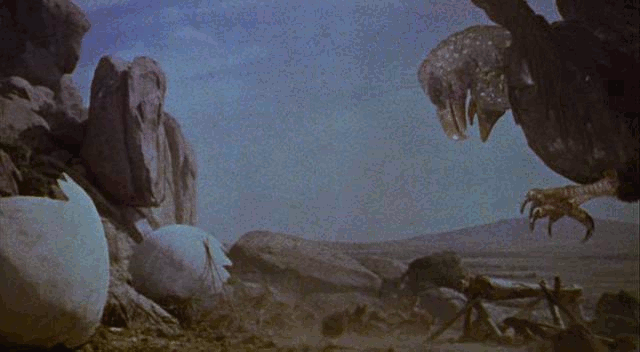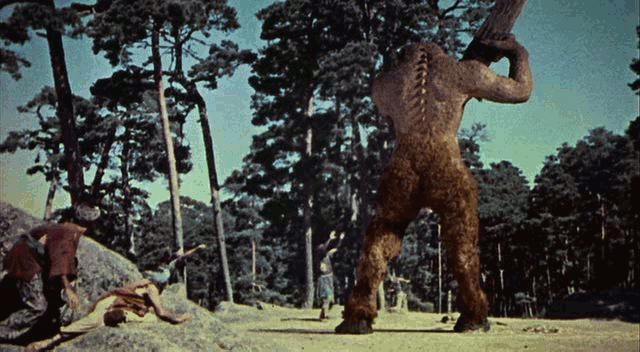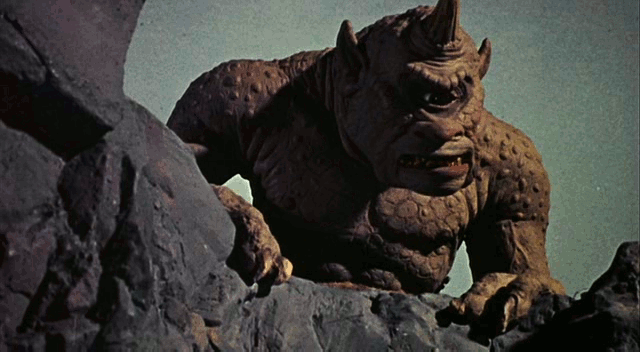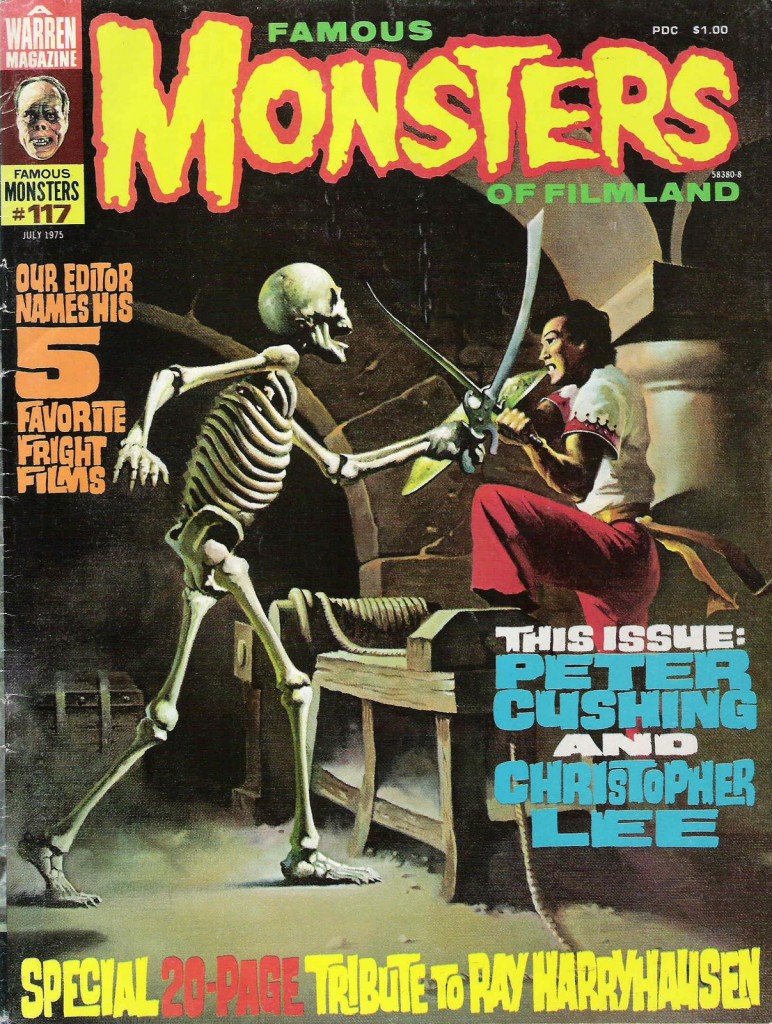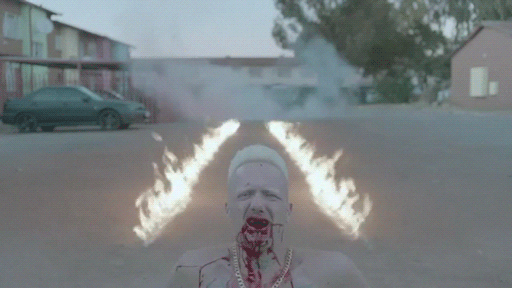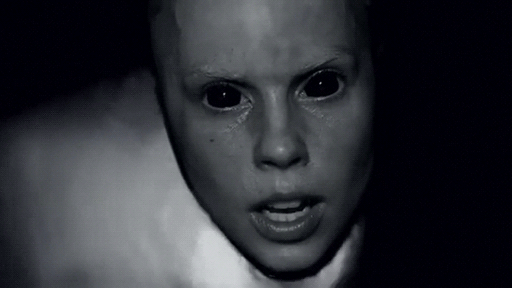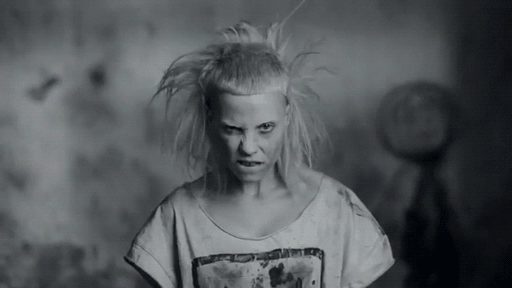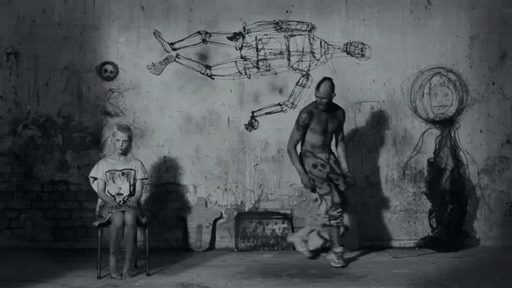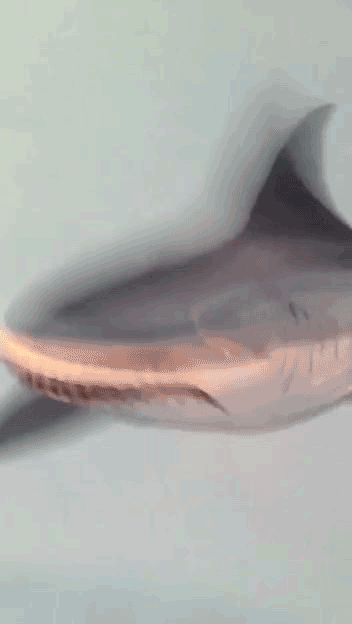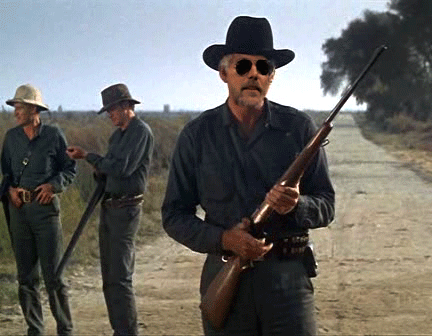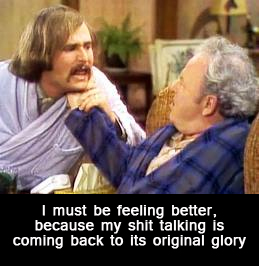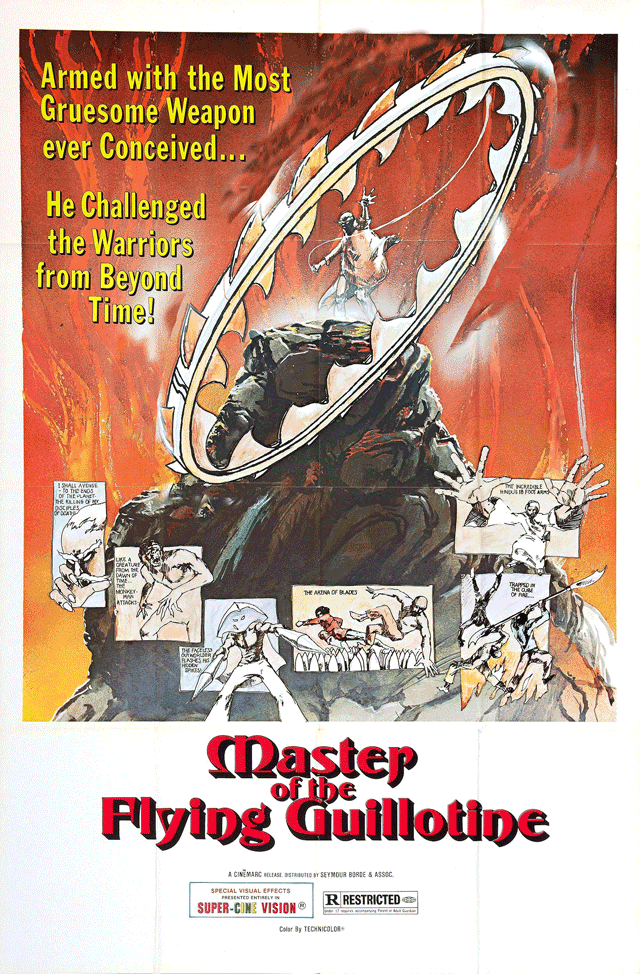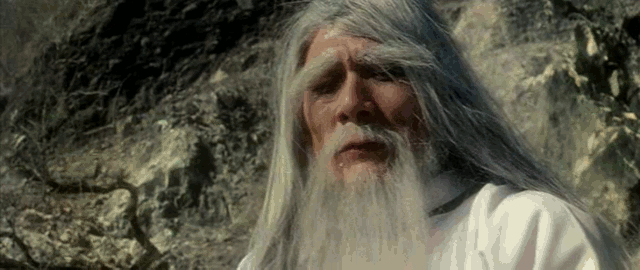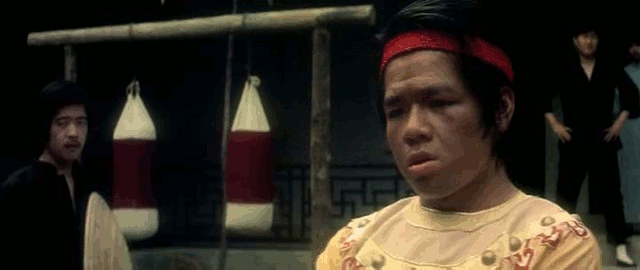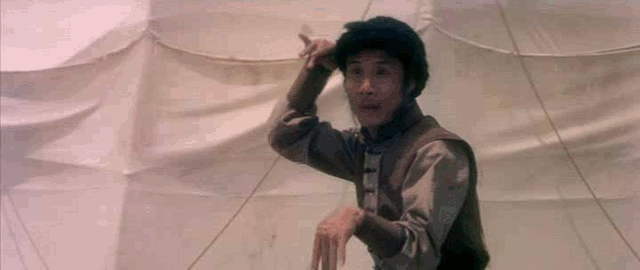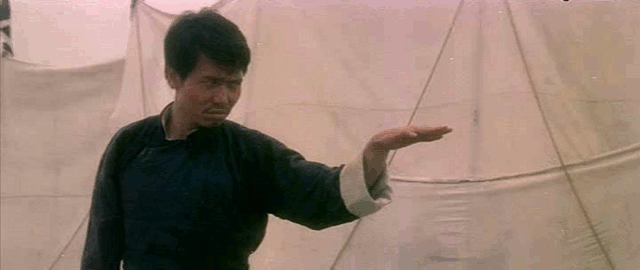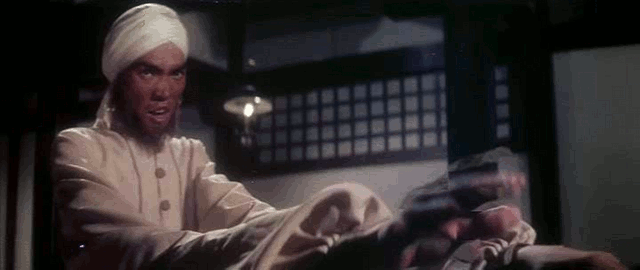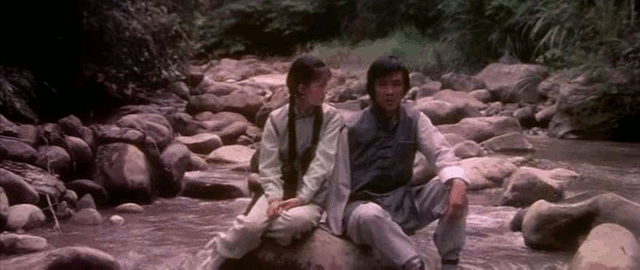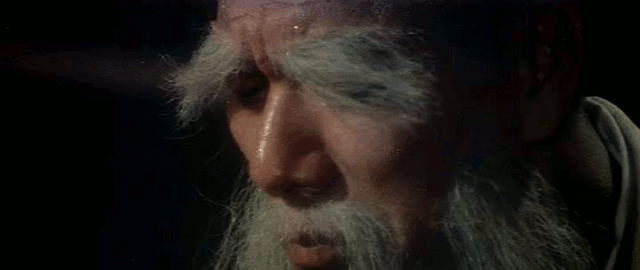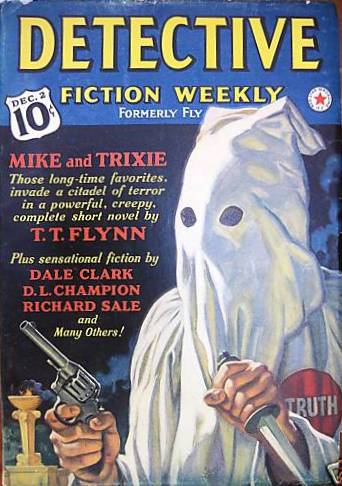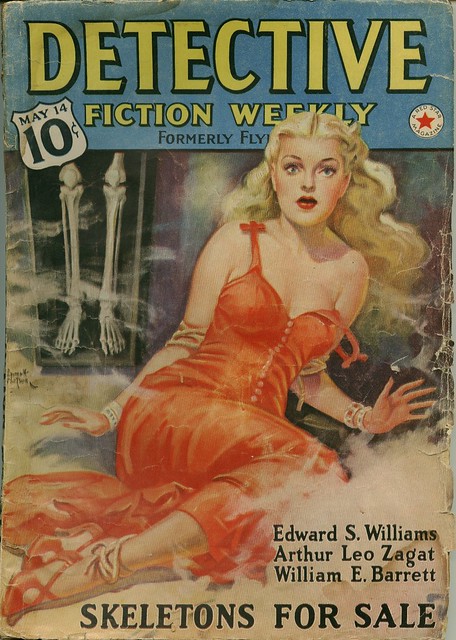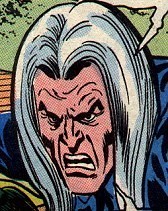Watch the bava blog trailer!
about
is an ongoing conversation about media of all kinds ...
Testimonials:
Generations from now, they won't call it the Internet anymore. They'll just say, "I logged on to the Jim Groom this morning.
-Joe McMahon
Everything Jim Groom touches is gold. He's like King Midas, but with the Internet.
-Serena Epstein
My understanding is that an essential requirement of the internet is to do whatever Jim Groom asks of you while you're online.
-James D. Calder
@jimgroom is the Billy Martin of edtech.
-Luke Waltzer
My 3yr old son is VERY intrigued by @jimgroom's avatar. "Is he a superhero?" "Well, yes, son, to many he is."
-Clint Lalonde
Jim Groom is a fiery man.
-Antonella Dalla Torre
“Reverend” Jim “The Bava” Groom, alias “Snake Pliskin” is a charlatan and a fraud, a self-confessed “used car salesman” clawing his way into the glamour of the education technology keynote circuit via the efforts of his oppressed minions at the University of Mary Washington’s DTLT and beyond. The monster behind educational time-sink ds106 and still recovering from his bid for hipster stardom with “Edupunk”, Jim spends his days using his dwindling credibility to sell cheap webhosting to gullible undergraduates and getting banned from YouTube for gross piracy.
I am Jim Groom
Find out more about me here.
Recent comments
- Amy Collier and Tom Woodward Talk Writing, Detoxing, and AI | bavatuesdays on Can we talking about blogging?
- Reverend on Can we talking about blogging?
- abdessamed gtumsila on Family Pictures Podcast takes on 400 Blows
- Grant on Can we talking about blogging?
- Is it bavatube or bava.tv? | bavatuesdays on YouTube, Copyright, and the ongoing Claims on our Culture
- Reverend on Can we talking about blogging?
- Kin Lane on Can we talking about blogging?
- Family Pictures Podcast takes on 400 Blows | bavatuesdays on 400 Blows
- Family Pictures Podcast takes on 400 Blows | bavatuesdays on Summer of Love: The 400 Blows
- Reverend on Is it bavatube or bava.tv?
- Reverend on Can we talking about blogging?
- Brian on Can we talking about blogging?
- Audrey on Can we talking about blogging?
- Brian on Can we talking about blogging?
- Sarah Honeychurch on Can we talking about blogging?
-
Recent Posts
- Amy Collier and Tom Woodward Talk Writing, Detoxing, and AI
- Family Pictures Podcast takes on 400 Blows
- Can we talking about blogging?
- Is it bavatube or bava.tv?
- bavacade Update 4-13-2025
- Coffee Futures
- VHS Stacks 1 and 2
- Future Visions of Open Textbooks in 1996
- PS5 Stick Drift Fix
- PS4 Controller Fix
browse the bavarchive
Contributors
some favorites
- Alan Levine
- Andy Rush
- Audrey Watters
- bava.social
- Bonnie Stewart
- Brian Lamb
- Bryan Alexander
- Chris Lott
- Clint LaLonde
- Cole Camplese
- Darcy Norman
- David Kernohan
- David Wiley
- Gardner Campbell
- GNA Garcia
- Grant Potter
- Jeffrey Keefer
- Jon Beasley-Murray
- Jon Udell
- Kate Bowles
- Kin Lane
- Laura Blankenship
- Leslie Madsen-Brooks
- Lisa M Lane
- Martha Burtis
- Martin Hawksey
- Martin Weller
- Mike Caulfield
- Mikhail Gershovich
- Mountebank
- Paul Bond
- Scott Leslie
- Serena Epstein
- Shannon Hauser
- Stephen Downes
- The OLDaily
- Tim Owens
- Tom Woodward
- Tony Hirst
Skeleton Swoon
Famous Monsters of Filmland Animated Magazine Cover
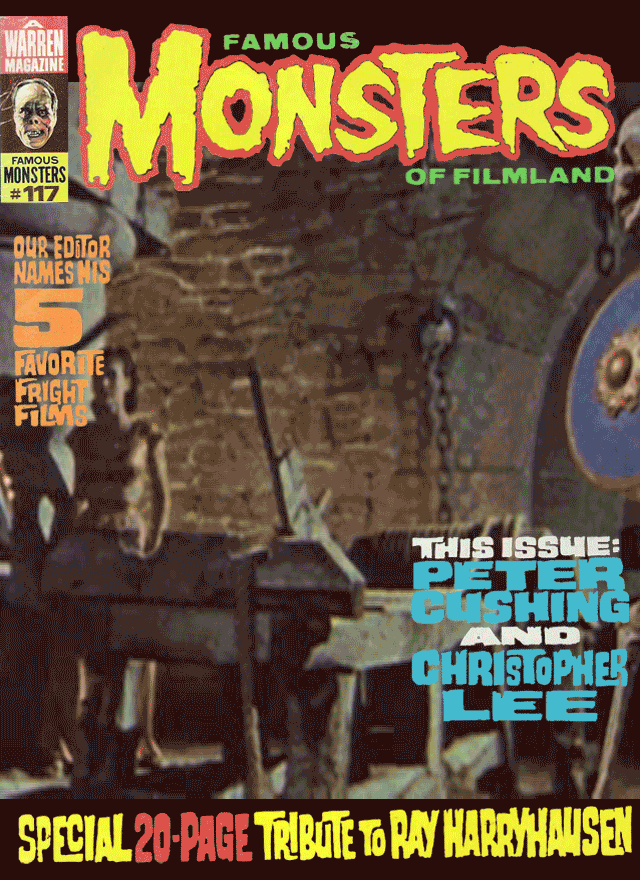
It’s a big file, but big is beautiful in this case. Feast your eyes on this animated magazine cover which is a more literal interpretation of the June 1975 issue of the classic Famous Monsters of Filmland magazine (more of a fanzine, really) featuring the scene from The 7th Voyage of Sinbad (1958) that is famous for the first of Ray Harryhausen’s legendary animated skeletons. You can see the original cover below, which interestingly has a few things wrong if you want to get literal. Namely, the color of Sinbad’s pants, the orientation of the fight, and the fact that the skeleton hadn’t lost its sheild just yet. This was a total blast to do, and I am working on a fullblown tutorial, but I must have spent four or five hours on it already, so I will simply leave it here to animate into eternity.
The Art of Shit Talking
There are far more definitions of shit talking than I ever dreamed of in my philosophy, but the one I am referring to is the act of “saying things to amuse people and playfully mock them.” For me the web has many faces, but one of its most appealing is that it provides a uniquely playful space to banter with people. Spaces like blog comments and twitter provide remarkable opportunities for talking shit. For example, this afternoon I had joked with Tom Woodward (who is awesome at taking such things to the next level) and in turn he created an animated GIF to let me know I was skating on thin ice with my earlier remarks. Here is that GIF:
I wasn’t sure what the hell it was, I just knew it was nutty. Turns out it is a scene from this music video of that crazy South African Zef band Die Antwoord. I had mistaken it for an Alabama house party 🙂 Funny thing is, this started a bit of a back and forth on Twitter with me talking a little shit about how I could out exercise Tom, how I made ds106, etc., etc., run-of-the-mill stuff for me, getting under people’s skin is too easy on twitter, but it is also kinda fun. Sometimes there is a thin line, but within the right community a little friendly banter and back and forth can lead to great things. For example, after a fun back and forth with Tom he went on to create six more Die Antwoord GIfs that are all both disturbing and amazing. See for yourself.
I would venture if we weren’t going back and forth on Twitter they might not have gotten made. Would that be the end of the world? Maybe not, but he did make them, it was fun, we did connect, they are awesome, and as usual they are generated out of a sense of fun, play and shit talking. One thing is for sure, ds106 as a community is the better for it. Why? Well, two more of ds106’s finest artists, Giulia Forsythe and Michael Branson Smith, started to play along as a way of using the animated GIF to talk shit on me. Giulia oh so subtely suggests I might have had too much coffee with her bava attacks shark GIF:
And then pulls out another GIF to ask the question “what are you really made of?”
And then there was some allusions in the twitter banter about me being the ds106 overlord, kind of “the man with no eyes” prisoner guard in Cool Hand Luke, so Michael Branson Smith provided the visual—a little trigger happy Groom.
And what you start to realize pretty quickly is we are jamming, people are making stuff on the fly, having fun, talking smack through all kinds of media, and then the moment passes. And that’s that. It happens all the time in #ds106, these are the interstitial moments that are impossible to reproduce in your course systems—the hallway spaces that have little to do with the course and everything to do with the people in it. You shouldn’t look too hard for these events because they’re always there balled up in the potentiality that are the awesome people all around you—it just sometimes takes a little shit talking to activate them. As my good friend Todd Conaway knows all too well:
Make some art dammit, and talk some shit.
Imagining a Detective Fiction Freshman Seminar
This past week I was tentatively offered to teach a Freshman Seminar on either the Video Game Canon or Detective Fiction. I’m intrigued by the Video Game Canon class, it’s Zach Whalen’s baby, and it would be fascinating to experiment with this class. On the other hand, back in the Summer of 2002 I taught a class on hard-boiled fiction and film at SUNY Old Westbury that was a really fun class (you can see the full syllabus here). It was my take on an American Studies course titled “Themes in 20th Century Fiction,” and I really enjoyed integrating the rich tradition of noir and detective films with the fiction. So, if I get to teach a Freshman Seminar focusing on Detective Fiction this Fall I was wondering what the syllabus might look like. To that end here is the course description as well as a quick list of texts I taught in 2002.
A comprehensive survey of 20th Century American Fiction is impossible in a full semester, much less in our five short weeks. Over the course of our brief but busy term, we will sample bits and pieces of one specific genre of 20th century American fiction in order to discuss the themes and concerns surrounding American literature in the last century. The particular strain of American Fiction that we will consider over the next five weeks is often termed “Hard-Boiled,” after its dark, violent themes and particularly laconic use of language. This class will trace the roots of this fiction from Hemingway, one of American Modernism’s more recognized literary artists, through more obscure figures such as James M. Caine, John Fante, and Patricia Highsmith (whose recent popularity in relationship to The Talented Mr. Ripley comes posthumously) in order to get a sense of the ways in which Hard-Boiled fiction has transformed over time and reflects the century’s specific cultural moments in a variety of different ways. Some examples that we will trace throughout the semester are as follows: the changing relationship of the artist to society in the 20th century; the increasingly blurred distinction of high and low art in the literary realm; the interdependence between cinema and fiction throughout the last 100 years; the relationship between hard-boiled fiction and the historical moment in which it was written (i.e., the 1920s, 1940s, 1960s, etc.). Course requirements include a mid term exam, in-class participation, and a final paper.
Texts:
- Ernest Hemingway’s In Our Time
- Dashiell Hammett’s Red Harvest
- John Fante’s Ask the Dust
- James Caine’s Mildred Pierce
- Patricia Highsmith’s Strangers on a Train
- Chester Himes’s Cotton Comes to Harlem
Films:
- Billy Wilder’s Double Indemnity (1944)
- Michael Curtiz’s Mildred Pierce (1945)
- Alfred Hitchcock’s Strangers on a Train (1951)
- Ossie Davis’s Cotton Comes to Harlem (1970)
- Carl Franklin’s Devil in a Blue Dress (1995) based on the novel by Walter Mosley
This class was a short 5 week Summer session, and I demanded a lot of the students: five novels and five films in as many weeks, but for a full 15 week class I would be able to expand a bit. I am thinking about brining in James Ellroy’s novel Black Dahlia or his masterpiece White Jazz—L.A. Confidential might be a third choice. What’s more, I want to include George Pelecanos’ The Big Blowdown (1996) to provide a look at the underbelly of Washington DC as a way to transition the discussion of the genre in contemporary culture (think The Wire). I am also thinking about Shaft and Columbo as the 1970s vision of the detective—as well as the cultural step backward that was Magnum P.I. during the 1980s 😉
The other author I am interested in brining in is Sue Grafton and her immensely popular alphabet series, perhaps “G” is for Gumshoe or “M” is for Malice might be an interesting on the contemporary pulp market around detective fiction. I am also going to make sure we actually read a Walter Mosely’s novel this time around.
I’m also considering spending some time early on looking at Charles Brockden Brown’s Wieland and an assortment of Edgar Allen Poe’s stories as a history of the genre before jumping into the bulk of the class, which will focus almost exclusively on 20th century U.S. stuff, particularly the stylistic burgeoning of the genre with writers like Hemingway and Hammett.
None of these texts or approaches are set in stone, but I am sure that I will be focusing the assignments around a few things: a student created detective radio show, a number of video essay responses to the films, collaborative editing of a few poorly researched Wikipedia articles, as well as a series artistic interpretations of the films and books we will be reading over the course of the semester. I will be mining the ds106 assignment repository throughout the semester as a means to integrate digital storytelling, analysis, and research into the course to demonstrate that the stuff happening in ds106 can easily be applied to courses from any discipline.
What’s more, the aesthetic of the 1930s and 40s detective comics and serials would make for some inspired art assignments, so I will be exploring this over the Summer as well.
But, most importantly does anyone have recommendations for other genres, authors, films, etc.? I know I am missing a ton of stuff, so any help you could provide would be awesome.


